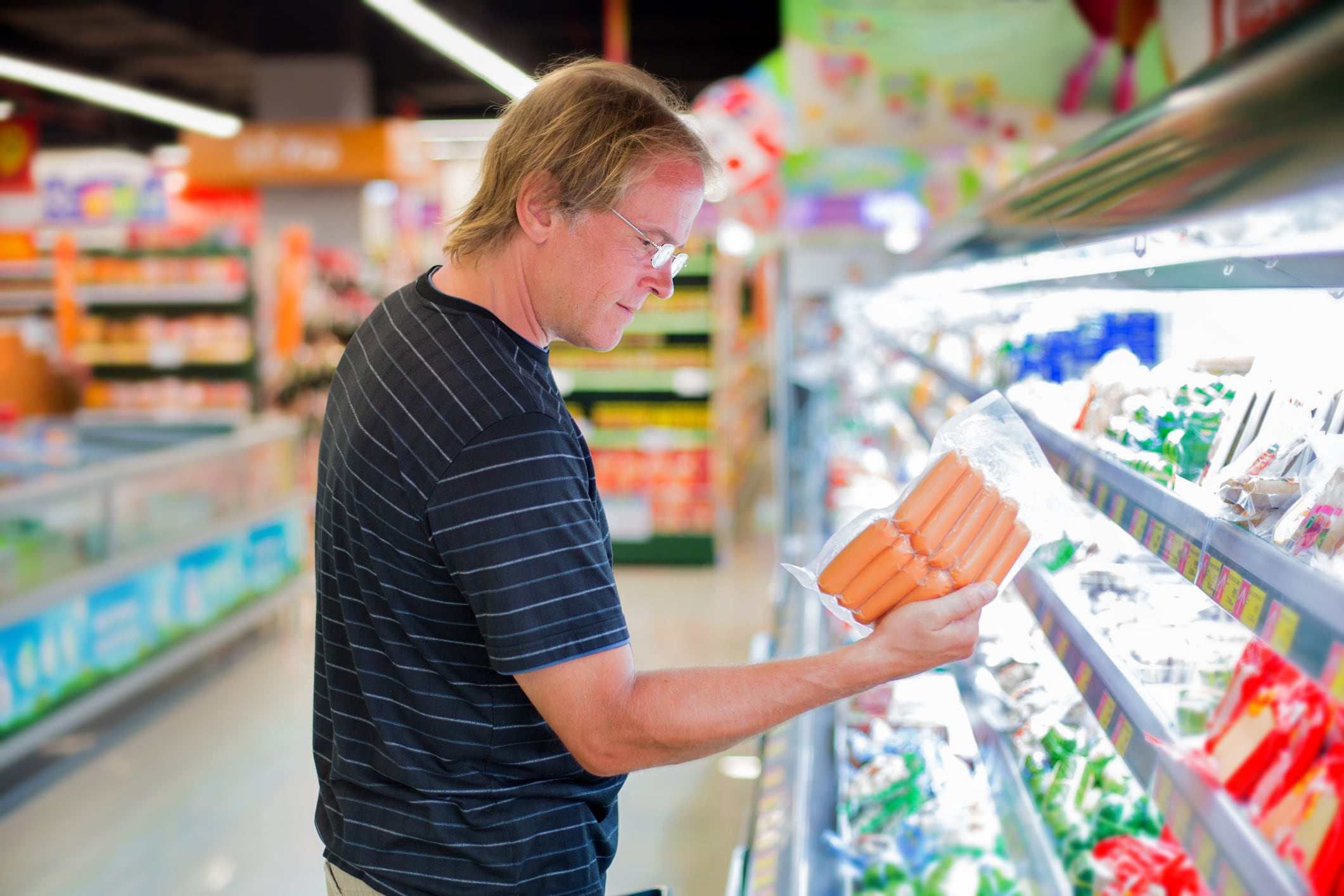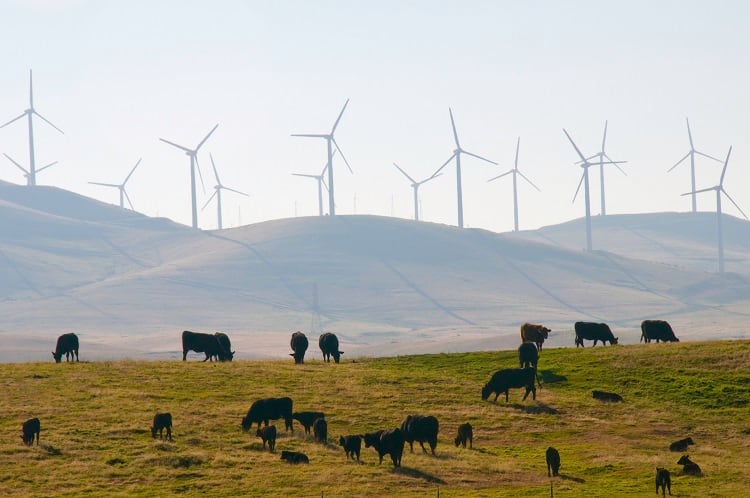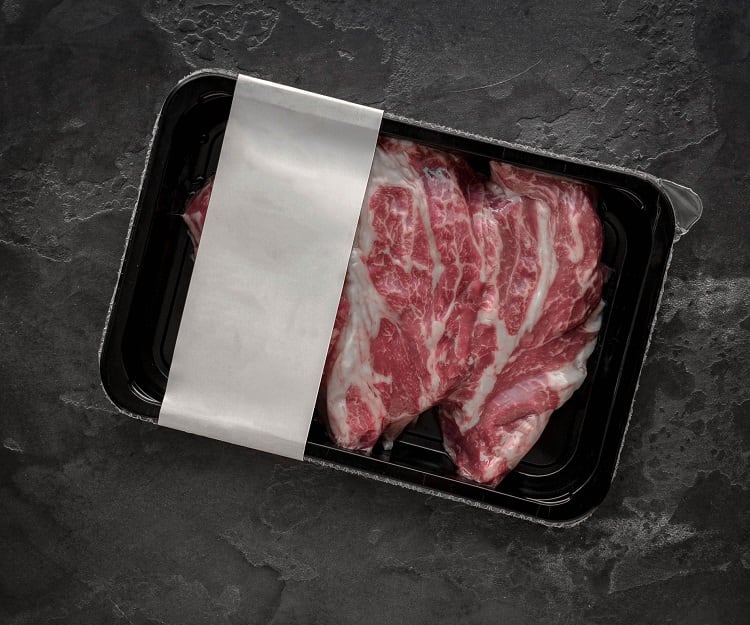The poll, carried out by Opinium, asked a sample of nearly 2,000 consumers from across the political spectrum: “Do you think that meat and dairy products should or should not be labelled to show the conditions that animals have been reared in, similar to the way shell eggs are currently labelled?” Some 68% agreed that these products should be labelled with their method of production (MOP).
"These poll results demonstrate that the overwhelming majority of British people want clearer labelling showing how their meat and dairy was produced, in the same way that eggs are labelled with the method of production," claimed Dr Nick Palmer, Compassion’s Head of UK.
Only 14% did not agree and a further 18% answered ‘don’t know’. The majority, which represented every main political group – Conservatives (66%), Labour (80%) and Liberal (71%) – showed an almost even split across every region throughout the UK – North (69%), Midlands (68%), London (66%), South (68%), Wales (73%), Scotland (71%), Northern Ireland (51%).
At present there are no requirements (except for whole hens’ eggs) for meat and dairy products to be labelled showing how the animals were reared and whether they were stunned before slaughter. Compassion now says it is urging the Department for Environment, Food and Rural Affairs to act on these results and to ensure that MOP labelling is extended to all meat and dairy products.
“We have been calling on Defra to provide MOP labelling for some time and these results show that the British public would welcome more information on their meat and dairy that tells them how the animals were reared,” Palmer added.
Germany plans to introduce a compulsory animal welfare label for meat from 2022. But in the UK, there is at present no requirement for meat and dairy products to be labelled showing how the animals were reared and whether they were stunned before slaughter.
Meat and dairy labels can be misleading, according to Compassion. It claimed many show idyllic images of farmyard animals in picturesque fields, accompanied by encouraging phrases like ‘farm fresh’ or ‘all natural’ despite around 70% of UK farm animals being reared in intensive systems.
It wants to extend the mandatory method labelling system on eggs to all meat and dairy products. By law, since 2004, egg producers and retailers have to clearly label whether hens have been raised in caged, barn, free range or organic systems. Since then, cage-free egg production has doubled, accounting for 31% of the market in 2003 to 60% today, according to Compassion.
A Defra spokesperson said: “The Government has committed to consult on what can be done through labelling to promote high standards and high welfare across the UK market. To this end, we launched a Call for Evidence in September to assess the potential impacts of different types of welfare labelling reform.
“The responses to this Call for Evidence will be used to inform any future policy proposals on animal welfare labelling. This will feed into the Government’s wider work on food labelling to ensure that consumers can have confidence in the food they buy and to facilitate the trade of quality British food at home and abroad.”
But labels currently lack ‘practical application’
But the British Meat Packers Association warned mandatory labelling indicating animal welfare standards, although “logical” in principle, lacks “practical application”.
The beef sector, for example, contains many different systems currently in use across producers, making it “virtually impossible”, said the BMPA, to have a standardised description on labels of how a particular animal has been reared. “It’s a complex area and involves factors like veterinary care and stockmanship,” a spokesperson said. “It’s not a simple case of saying that ‘indoor’ is ‘bad’ and ‘outdoor’ is ‘good’, particularly in certain parts of the UK where temperatures can get very cold.”
The BMPA added it believes in improved traceability via labelling in principle. However, improvements in their practicability are needed.
“Ultimately, as traceability systems become more widespread and sophisticated, it should in theory become easier to develop a system of labelling that gives consumers better access to more comprehensive information. It wouldn’t be practical to print all the complex traceability information on packs, but there may in future be an opportunity to include something like a QR code which people could scan to access the information,” we were told.
“However, it’s important that Government policy on labelling doesn’t outpace the technology available. Currently the system doesn’t exist to be able to do this. The danger is that Government mandates a level of labelling that cannot be delivered under the current system. The British Meat Processors is committed to working closely with industry and Government towards a more connected and accountable supply chain traceability system.”





